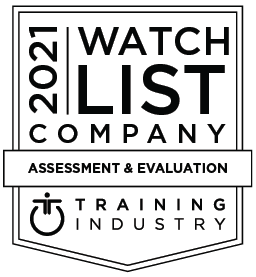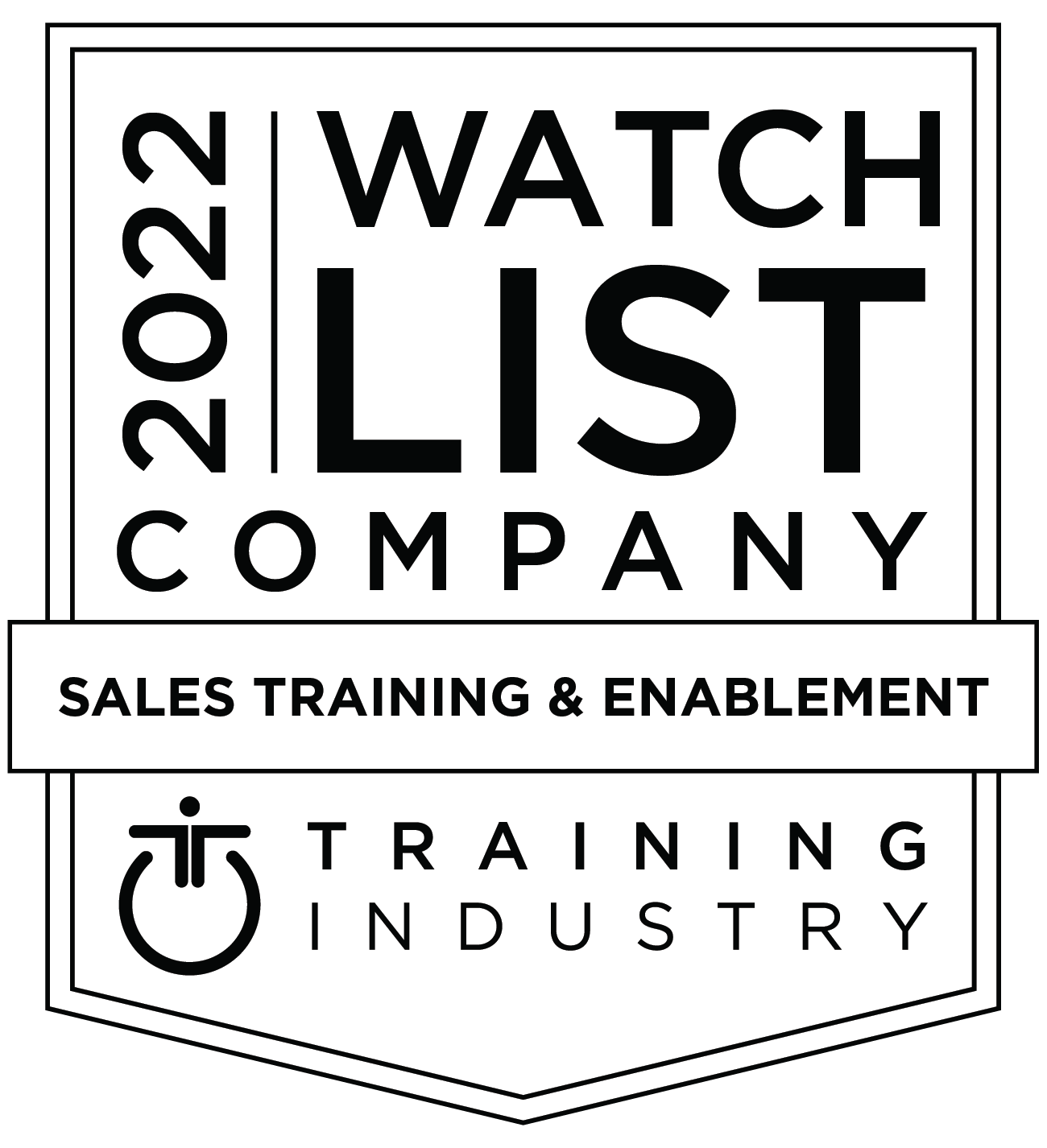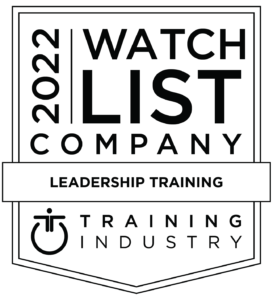I’ve spent 30 years in the business of training and coaching people to become more effective in all of their spoken communications.I owe a debt of gratitude to the hundreds of executives with whom I’ve worked. I’m grateful, because I’ve learned so much from them. Now, I’d like to share what I’ve learned with you.
Today, I want to tell you what executives have told me about how to best communicate with them.
I’m going to share two key concerns Fortune 500 executives have voiced again and again about how they prefer people communicate with them.Their concerns directly correlate to steps you can take to become a more skilled, confident, and highly competent executive communicator.
When presenting content to executives, here’s what they say it takes to get the results you want.
(1) “If the first two minutes are good…I might give you five more.”
Most executives are time-pressed. They simply don’t have the time to listen to things that aren’t 100% relevant to the strategic issues they deal with. So, you have to be able to craft and deliver a clear, concise, and compelling message in just two minutes.
How? Master the art of delivering the “executive summary.” Mastery takes process and practice. The best communicators use a repeatable framework they can draw on again and again for crafting executive summaries.
For example, participants in Mandel’s coaching and training programs learn how to adapt and use the Mandel BLUEPRINT® as their personal communications framework.
(2) “Don’t hide the ask until the end. At the beginning of the conversation, tell me that you’re expecting me to make a decision on the following thing.”
In other words, put the conclusion right up front. Any executive summary process you choose to use must incorporate the ask within the first five to six sentences.
Your ask must be clearly stated and it must be within the executive’s power to do it. Failure to do this could cost you your credibility.
Your ability to master the two-minute executive summary and make your ask up front can dramatically improve your interactions with executives. In my 30 years of experience, I can confidently tell you that you’ll put yourself in a better position to get the results you want when engaging in one-on-one conversations or delivering presentations to senior executives.
A key component of many of our communication and presentation skills workshops, The Mandel BLUEPRINT® is a personal communications framework for creating masterful messages, executive summaries, and presentations. Learn more about the BLUEPRINT.
Note to Readers: This is an edited version of a blog post originally published on April 3, 2014, called “How to Communicate with Executives Part I.”










